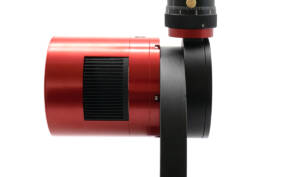
[ASI6200 Guide] 5 connection methods to get 55mm back focus length
How to connect ASI6200MM Pro to 2″ EFW/M54 filter drawer and OAG-L? How many solutions are there for ASI6200MM Pro to get 55mm back focus length? If you are still
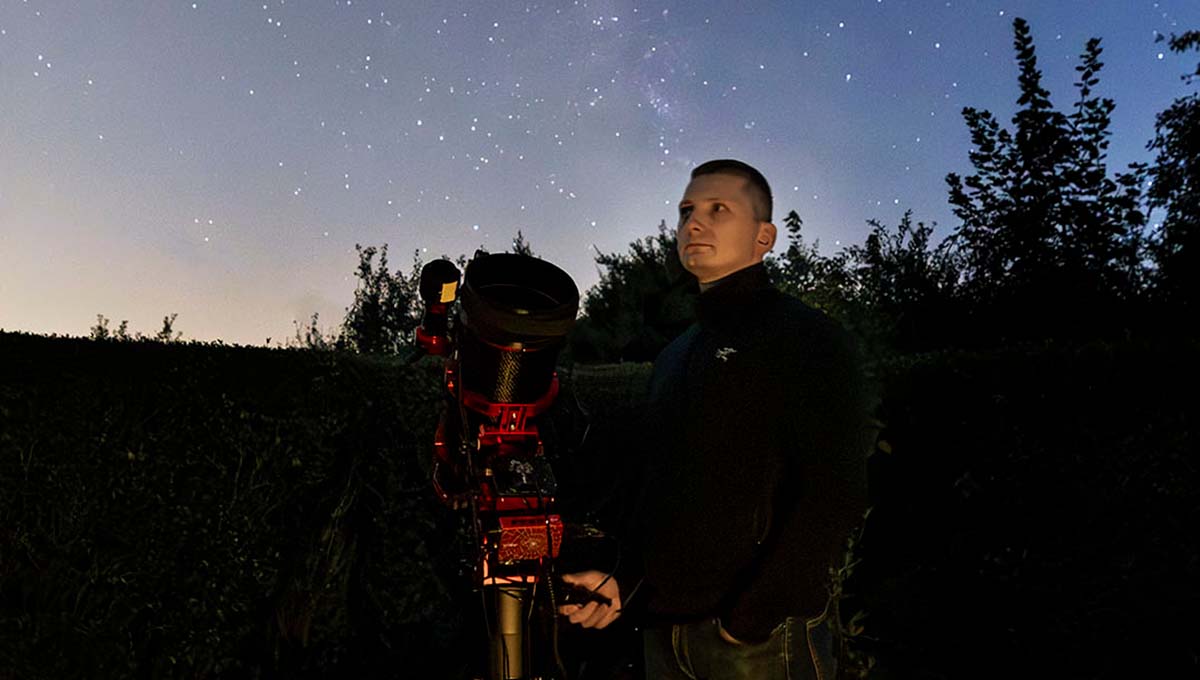
Hello Jaroslaw, thanks for accepting our interview invitation. Congratulations on winning the ASIWEEK competition in week #45/2023!
Thank you very much. I am very pleased that my photo of Comet C/2023 P1 (Nishimura) has been voted the ASIWEEK picture of the week.
My name is Jaroslaw Oszywa. I’m 42-years-old and I live in beautiful small city Nysa in Poland. I work as a software developer.

My adventure with astrophotography began around 2014, when I bought my first telescope, which was a Celestron SCT8. Then I tried my hand at a DSLR camera. Then I was involved in planetary astrophotography for several years and then moved on to photography of deep sky objects.


For me, the most attractive thing about astrophotography is discovering the beauty of the universe, which we cannot see with the naked eye, or through visual observations with telescopes.

C/2023 P1 (Nishimura) – is a beautiful comet that is probably a single-appearance comet, which is visible in our solar system only once. It comes from the vicinity of the Oort Cloud.
The comet was discovered on August 11, 2023 by Japanese amateur astronomer Hideo Nishimura.
Photographing this comet was quite difficult due to the very short time allowed for its observation (less than an hour before sunrise), and its low position in the sky. To take this photo, I had to go with the equipment to a properly situated hill, with the eastern horizon fully exposed. Fortunately, the weather forecast was good and I managed to photograph it, although the comet was very low and initially was barely visible due to the dense layer of atmosphere. I managed to take 40 photos of 60 seconds each, which allowed me to combine them into the final photo.


To photograph the comet I used a Sharpstar 13028HNT telescope, an ASI 2600 MC Pro camera, along with a ZWO Mini Guide Scope and an ASI 290MM, everything was mounted on a ZWO AM5 mount, and ZWO EAF was responsible for the correct focus.

As for the other equipment, currently, in combination with ZWO cameras (ASI 2600 MC PRO, ASI 533 MM PRO), I use two medium-field telescopes (Sharpstar 13028HNT, TS 94 EDPH) and lenses for wider frames (ASKAR ACL200, Samyang 135mm, Sigma Art 85mm). I also shoot astro-landscape using a Canon EOS R MOD along with wide-angle lenses on a Star Adventurer Mini head.
To photograph the Sun in the H-alpha band, I use the Lunt 40 solar telescope and the ZWO ASI 290MM camera.
Everything is usually managed by ASIAIR, and the telescopes are equipped with ZWO EAF focusers. I mount the telescopes on the ZWO AM5 mount.



For photographs of comets, I recommend fast telescopes or lenses with low f-ratio, because many comets move in the sky at high speed and in order to register them without moving, we need to make their exposures short enough. If the comet is quite bright, we can even take a photo of it with a DSLR with a lens, so I recommend going out into the field and just trying.
When it comes to post-production, we need to combine the sky and comet separately. For this I recommend Pixinsight and the CometStacking module or the free DeepSkyStacker.


Currently, I don’t have such a single target, but I really like photographing Comets and Nebulas in narrowband.


It’s not easy because astrophotography is a time-consuming hobby, I often travel with my equipment to the other end of the country under a darker sky, which takes quite a lot of time, but with good organization everything can be reconciled.

A few years ago, with my friends we went to take photos in the Bieszczady Mountains, where there is the darkest sky in Poland. The place where we set up the equipment was close to the state border. After some time, we saw a very strong white beam of light. We laughed that aliens had finally tracked us down. It turned out to be a border guard searchlight. After a while, the guards came to us and asked what we were doing here. After a short conversation and explaining that we are not smugglers and what we do, the gentlemen wished us successful observations 🙂

For several years I have been involved in visual observations, but currently I focus on astrophotography and I run a website where I post my astrophotography www.astro-fotografia.eu.

Astrophotography teaches patience. Above all, don’t get discouraged and learn to fully use your equipment. Let’s also remember that not everything will work out the first time, the more photos you take, the better each subsequent one will be. Learning astrophotography takes a lot of time, but it is a beautiful adventure and the satisfaction is enormous. It is also worth going under a dark sky, which will show much more, and extracting the object from the background and processing the photo will be much easier.
The best way to “upgrade” your astrophotography equipment is to get in your car and drive out into the dark sky.

I have been using ZWO products for about 7 years.
Initially, these were planetary cameras: ASI 120MM-S, ASI 224MC, ASI 385MC, ASI 678MC and the ZWO ADC atmospheric dispersion corrector.
Then I started using the first version of ASI AIR and cameras with larger sensors such as ASI 071MC PRO, ASI 533MM, ASI 2600MC.
Currently I’m using:
– ZWO AM5
– ASI AIR plus
– ASI 2600MC PRO
– ASI 533MM PRO
– ASI 290MM
– ASI MINI GUIDESCOPE
– Two EAF focusers
– ZWO EWF MINI filter wheel
I don’t have a specific favorite equipment because everyone is good at what it is designed for, but in general I really like using ZWO equipment because it constitutes a complete and reliable ecosystem.


How to connect ASI6200MM Pro to 2″ EFW/M54 filter drawer and OAG-L? How many solutions are there for ASI6200MM Pro to get 55mm back focus length? If you are still
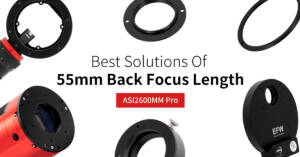
People are asking the connect methods of ASI2600MM Pro: How to use it with the new 36mm EFW? How to reach the 55mm back focus distance? What accessories I need
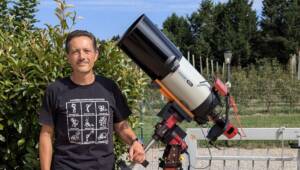
Hello Andrea Arbizzi,thanks for accepting our interview invitation. Congratulations on winning the ASIWEEK competition in week#42/2024! Q1: At first, congratulation that your nice image won #ASIWEEK. Can you introduce yourself
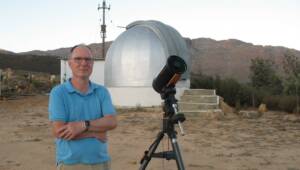
Hello Peter Dunsby,thanks for accepting our interview invitation. Congratulations on winning the ASIWEEK competition in week#46/2024! Q1: At first, congratulation that your nice image won #ASIWEEK. Can you introduce yourself
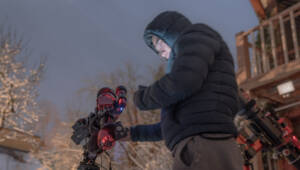
Hello Juzelle Jardin,thanks for accepting our interview invitation. Congratulations on winning the ASIWEEK competition in week#45/2024! Q1: At first, congratulation that your nice image won #ASIWEEK. Can you introduce yourself